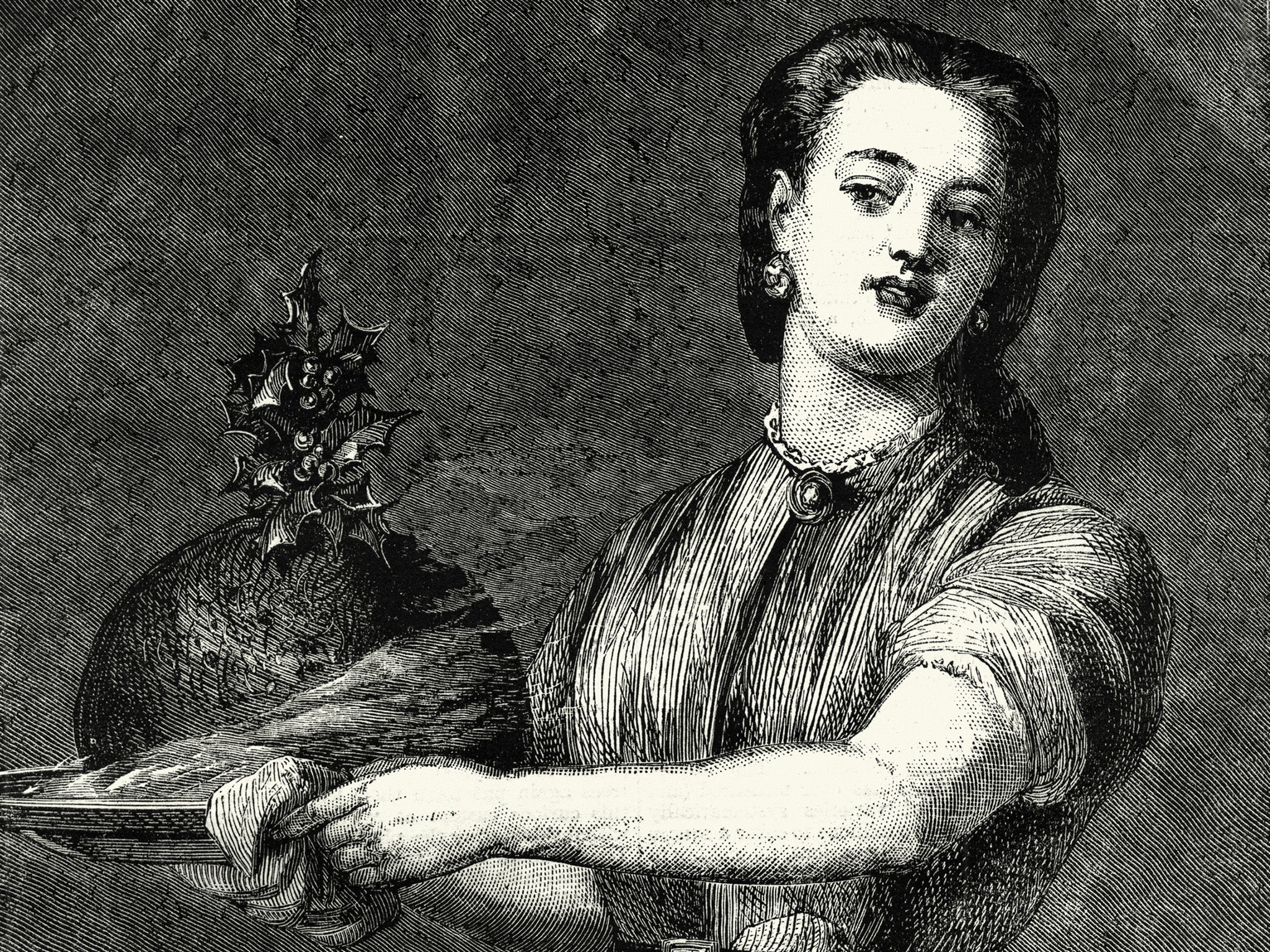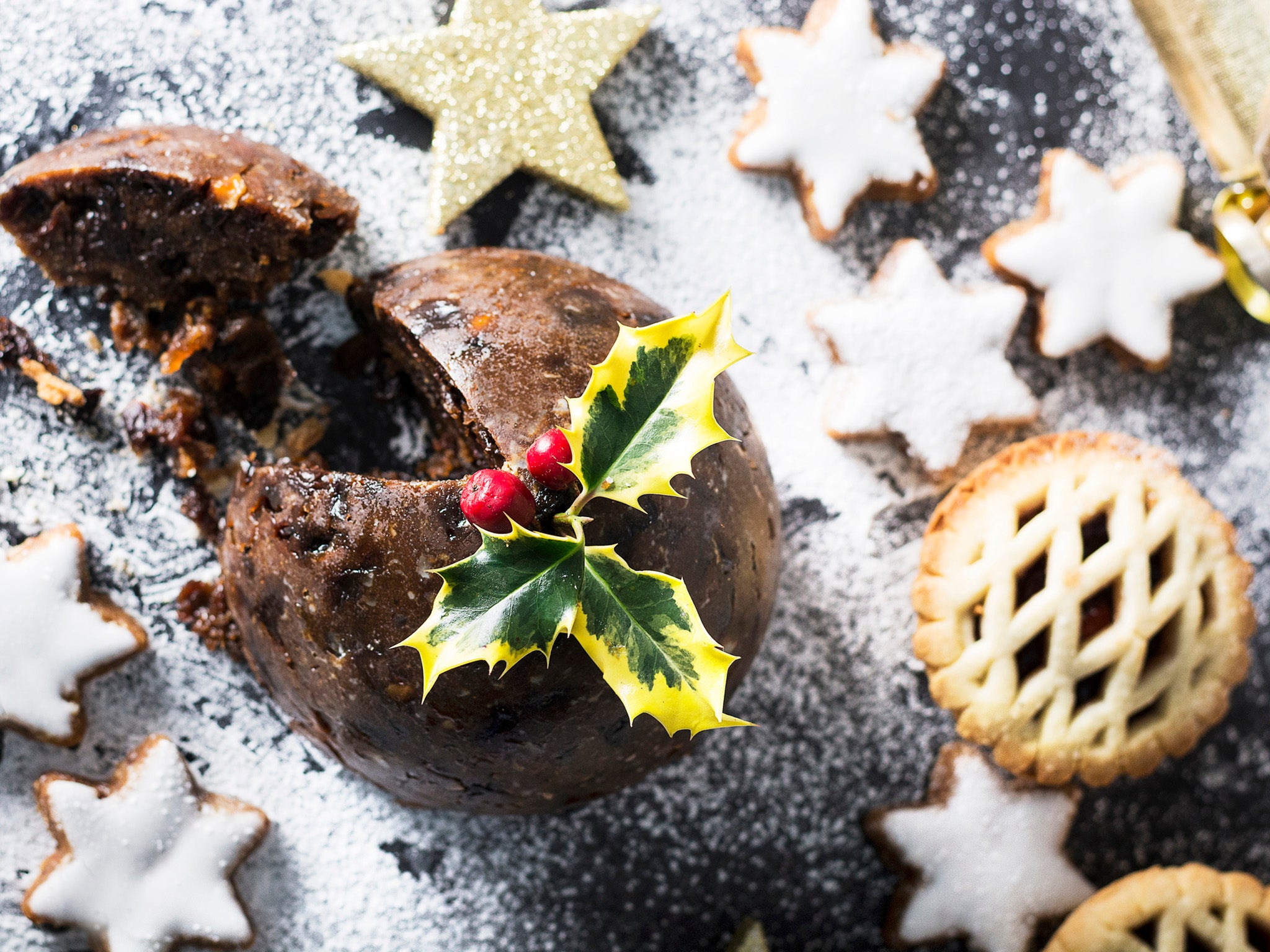
Another day, another story about young people killing off a time-honoured tradition. First, they came for the Brussels sprouts (or are they cool again? I lose track). Now, Gen Z is cancelling Christmas pudding.
According to what can only be described as truly groundbreaking research, almost half of 10-25-year-olds say they don’t like the traditional festive dessert, despite more than a third admitting they’ve never tried it. Because of this, the traditional Christmas pudding could be extinct by 2025, the researchers declared.
I don’t know what I find more alarming about these statistics. That researchers who canvassed British 10-year-olds were astounded to learn that they don’t want a boiled fruit cake on Christmas Day, or that the blame for young people killing stuff off has finally passed to Gen Z. We ageing millennials carried the torch for so long – now we’re just as overlooked as Gen X and the boomers.
They’re hardly the first generation to be accused of killing it off. Just five years ago, I was editing pieces about my own cohort ruining Christmas – apparently we’re now wiping out marriage and the 9-5 working day. And we all know boomers are to blame for unaffordable housing and Brexit. It won’t be long before people born after 2012 will be taking up the mantle. That prospect is about as horrifying as setting a fermented, boozy pudding on fire and eating it after you’ve stuffed yourself with an enormous roast dinner.
Which begs the question: has Christmas pud ever been good?
The last time it was talked about with any reverence was at the Cratchits in A Christmas Carol, but even Dickens struggled to make it sound appealing. The smell when it comes out of the copper pot is “like an eating-house and a pastrycook’s next door to each other, with a laundress’s next door to that”, he wrote. When Mrs Cratchit finally serves it, it’s a weight off her mind, while Mr Cratchit regards it as “the greatest success achieved by Mrs Cratchit since their marriage”. Not one of the family dares to pass judgement. “It would have been flat heresy to do so.”
But there are still some modern-day Cratchits that might have a thing or two to say to our 10-year-old heretics. One is Lloyd Morse, head chef at The Palmerston, a reasonably traditional restaurant in Edinburgh. “The idea that Christmas pudding will be disappearing from British tables within three years like an endangered white rhino is utterly absurd,” he tells me furiously. “This is the food that normal, everyday people have in their homes, not the food that Insta-chefs and influencers present to the world.
“Go to any top British chef’s mum’s house for Christmas and I bet there’s a Christmas pudding on the table,” Morse insists.
It seems the Christmas pudding is as divisive as it is misunderstood. Some sources say it first appeared in the 14th century as frumenty, a type of porridge with cinnamon and saffron. Recipes from the time also added beef, mutton, dried fruit, wine and spices. Others believe it stems from medieval English sausages, where the ingredients were stuffed into animal stomachs and intestines to keep them fresh for longer. Like a fruit cake crossed with haggis. Sounds delicious. Wonder why we stopped serving it…
It wasn’t until the 16th century that it transitioned from savoury to sweet and became sufficiently associated with Christmas. In the 17th century, Oliver Cromwell banned the pudding along with a bunch of other silly traditions (maybe he was onto the right idea). Skip forward a few centuries and the Victorians – with a little help from Dickens – fine-tuned the recipe into what we know it as today, but with a strict set of rules that are as follows. First of all the pudding must be assembled on Stir-Up Sunday, the last Sunday before Advent, so-called because family members take turns stirring the mixture east to west (symbolising the journey taken by the three wise men) with a wooden spoon (symbolising the manger), then it’s boiled in a pudding cloth and kept in a cool, dry place for the next five weeks (symbolism... questionable). A true Christmas pudding should have 13 ingredients to represent Jesus and the 12 disciples; traditionally these are raisins, currants, suet, brown sugar, breadcrumbs, citron, lemon peel, orange peel, flour, mixed spices, eggs, milk and brandy. When it’s finally time to serve, you must steam or boil it for eight hours, then pour over the brandy and set it alight to represent the passion of Christ. I don’t recall him being boiled alive or burnt at the stake but I suppose any old symbol would do by that point.

Needless to say, it’s an arduous process. Is it any wonder that Gen Z, with their air fryers, 60-second TikTok recipes and Deliveroo Plus accounts dropping whatever food they want on their doorsteps with the tap of a smartphone screen, aren’t that enamoured by a religious cake you keep in the cupboard for a month – or, if legends are to be believed, up to two years? “Tastes change and fewer people like raisins, dried fruit and booze-soaked cakes anymore,” says Amy Poon, who resurrected her family’s famous Chinese restaurant chain and turned it into a series of pop-ups, residences and fresh wonton deliveries. “Now that we have Instant Pots, hacks and recipes that can be done in 15 minutes, people just don’t have the effort and time. But food, much like history, comes in cycles. For example, who would have thought that prawn cocktail would not only be acceptable again, but quite celebrated.” That said, to appease her youngest daughter, Poon makes crêpes suzette instead of Christmas pudding, “so that we still have some flambé drama”, and she herself prefers a “good, sharp sorbet” after such a heavy meal.
Ivan Tisdall-Downes, head chef at Native, an eco-conscious British restaurant in London, agrees and says that the ability to have whatever we want, whenever we want it has made us forget that a lot of our food traditions were born out of necessity. “The tradition of having spiced foods at Christmas was originally due to their price and difficulties in shipping to Europe, meaning they were saved for a special occasion,” he tells me. Nostalgia and the memory of setting the thing alight is what keeps the tradition alive for him. But, he adds, “a lack of tradition can also be a lack of joy in food, so it is quite important to hold onto – whether that’s a Christmas pudding or a Chinese takeaway on Christmas Eve”.
Even Bob Cratchit, who had to support a wife and six children on 15 shillings a week, wouldn’t think Christmas dinner complete without the pudding. But in the middle of our cost of living crisis, the same ingredients could set you back £30 at the average supermarket. That’s a lot for a small pudding when some people would be looking to spend no more than that for their entire dinner this year. When you can buy a half-decent pre-made Christmas pudding for a fiver or less without having to conjure Christ, it seems like a no-brainer.

But, jesting aside – and I am mostly jesting – food is an undeniably important part of culture, and traditions like these are perhaps especially precious during hard times. Recipes passed down through the generations help to preserve the history of the people who cooked them. While I imagine very few British people feel any kind of connection with their Victorian or medieval ancestors in the same way other cultures do, I’d no sooner slate Christmas pudding from ye olde England than I would French baguettes, Ukrainian borscht or Chinese tea culture, to name a few.
“I always compare Christmas here with new year in Japan, which is all about traditional food and customs,” says Shuko Oda, head chef at Koya, an udon noodle bar chain in London serving authentic udon, donburi and Japanese small plates. She spent her childhood between London, Tokyo and LA. “Not everyone likes the food you eat on New Year’s Day (known as osechi), but I still believe it’s important to have them on the table. Food is a big part of each culture, and you can only own your identity if you grew up with it.” That’s not to say traditions must be centuries old and steeped in history, though. Oda will be spending Christmas in Tokyo this year, where sharing a big bucket of KFC with friends and family is the norm – not such a far cry from fish and chips.
If it’s survived the past 800 years, Christmas pudding won’t be facing extinction any time soon, but it’s good to remind ourselves of traditions that we might have forgotten about, even while we make new ones. As Morse tells me, “you can’t be ‘in with the new’ without the old.”
After all, he adds: “What else do you eat brandy custard with?”







